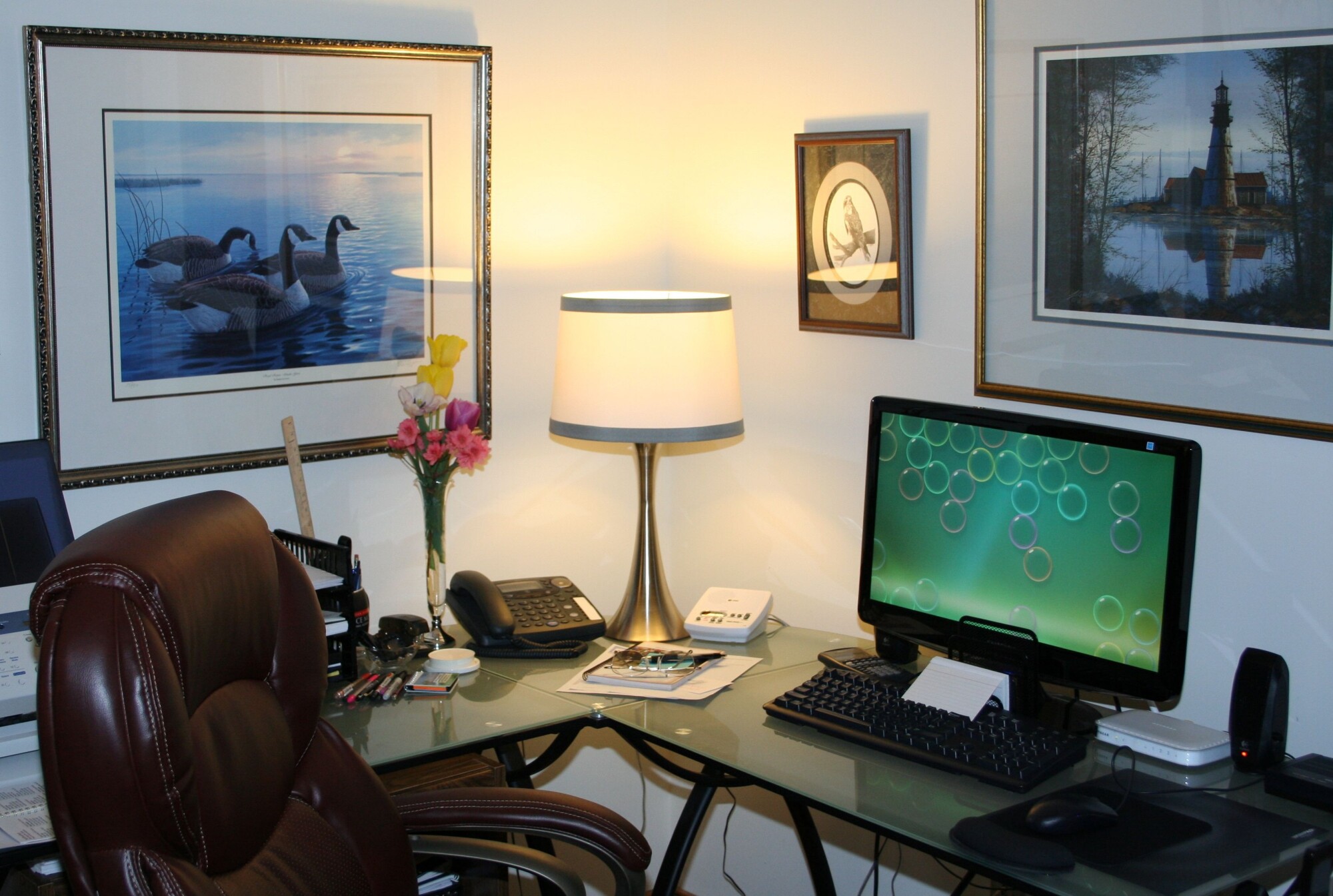Have you hit your funny bone for the last time? Are you about ready to throw that sharp file cabinet out the window?
Nearly three million workplace accidents take place every year; injuries range from minor bruises to fatal concussions.
Office accidents are commonplace but preventable; that’s why companies implement safety standards and training. However, as more companies transition to remote work environments, how will safety protocol change?
While on-site and remote professionals share similar office safety risks, there are notable differences.
Discover five ways to improve home office safety.
1. Buy Ergonomic Office Furniture
Your grandma’s antique desk looks fabulous, but those sharp, splintering edges are injuries waiting to happen.
Now that you’re entirely remote take this time to revamp your home office, starting with the furniture.
Poor ergonomics is one of the biggest challenges of working from home. Slouching, hunching over, neck straining, and sitting for long periods are four major culprits. Unfortunately, these behaviors can lead to chronic back pain or worse.
2. Safe Office Chairs
The first piece of furniture you need is an ergonomic-friendly office chair. Your chair should support your neck, back, head, and feet.
Make sure your office chair is adjustable. Adjust until your feet are firmly planted, keeping your knees level. Avoid dangling your feet or curving them around the base of the chair.
3. Proper Office Desk
The right height is also critical for your office desk.
Make sure your desk can comfortably accommodate a computer monitor, at the very least. Consider purchasing a corner desk if you have a printer and copier, second monitor, and phone system hardware.
4. The Right Computer Monitor Setup
Position your monitor at eye-level and push it back 40-inches to avoid eye strain.
Many remote workers have switched to multiple monitors or long curved monitors; these monitors are ideal for graphic designers, software engineers, and marketers who access multiple applications at once.
5. Safe Office Supplies
Even your office supplies can pose accident risks, including viral infection.
Replace old, hazardous supplies with new alternatives, like antibacterial Japanese file folders, smooth-edged file cabinets, and covered wastebaskets.
Even though you’re working from home, you still need a reliable first aid kit nearby. Stock your kit with bandages, antiseptic ointment, pain reliever, antihistamine, gauze, and medical tape.
6. Improve Air Quality
Not all work injuries result from scrapes, bumps, and bruises. Poor indoor air quality leads to respiratory issues, dizziness, and headaches; these problems impair your focus and work performance.
Make sure your HVAC system is up-to-date and working correctly. Old heating and cooling systems recirculate dust and debris, exacerbating indoor air pollution.
Dry air in summer and winter can also pose health problems. Buy a reliable humidifier that restores moisture balance in your office.
Enjoy as much fresh air as possible. Fresh air improves mental and physical well-being, so open those windows when the weather permits. A nice walk around the block also works.
Put Home Office Safety First
Don’t lose another hour to work injuries. Equip your office with the latest ergonomic furniture, supplies, and air quality solutions.
Do you need more home office safety tips and hacks? Bookmark the blog to stay updated on the latest news!
